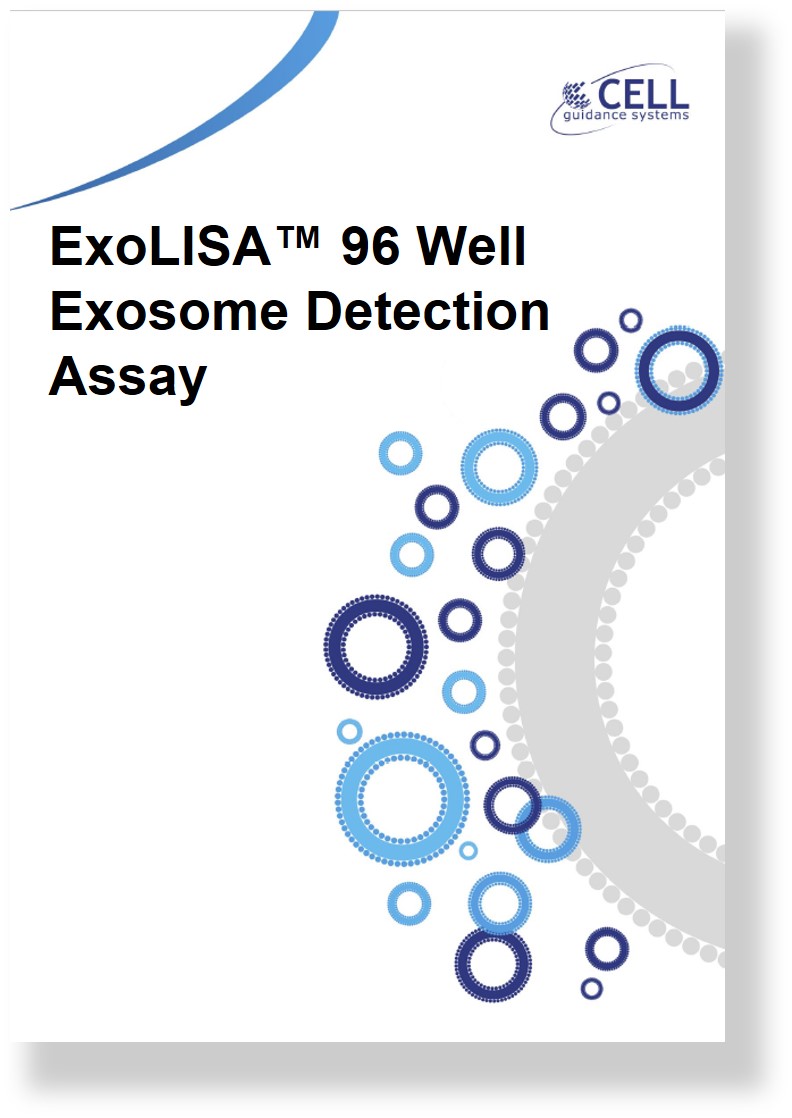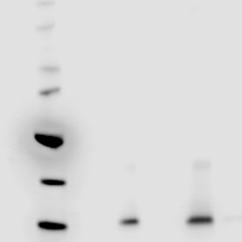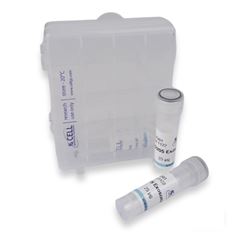ExoLISA™ CD81 Exosome Assay

Product description
ExoLISA™ assays are time-resolved immunofluorescence assays which have been developed to measure the abundance of CD9, CD63, or CD81 protein specifically associated with exosomes in biological fluids. The assay provides clear and consistent results in a simple 4-step fluorescent detection process. It is similar to an ELISA assay, but the target is detected directly with a fluorophore label without the need for sample lysis.
The assays work well with human EV samples.
Assay principle
Exosomes typically have multiple copies of tetraspanin facing towards the attachment surface and additional marker molecules available for detection. Based on this property, the assay consists of a biotinylated monoclonal antibody bound to a streptavidin-coated plate, which captures protein present on the surface of exosomes (see below). Subsequently, an identical monoclonal antibody is used for detection. This principle means that only proteins present in multiple-component structures, such as exosomes, are detected and non-specific binding and background signal is greatly reduced.
Using a fluoroscent chelate which exhibits a large Stokes shift (290nm), a very narrow (10nm bandwidth) emission spectra at 615nm and with no overlap between excitation and emission spectra, provides high levels of sensitivity for the assay and is able to detect small changes in the abundance of the target tetraspanin protein. Additionally, the long fluorescence lifetimes allows use of microsecond time-resolved fluorescence (TRF) measurements, which reduces the observed background signals.
Quick and Simple Workflow
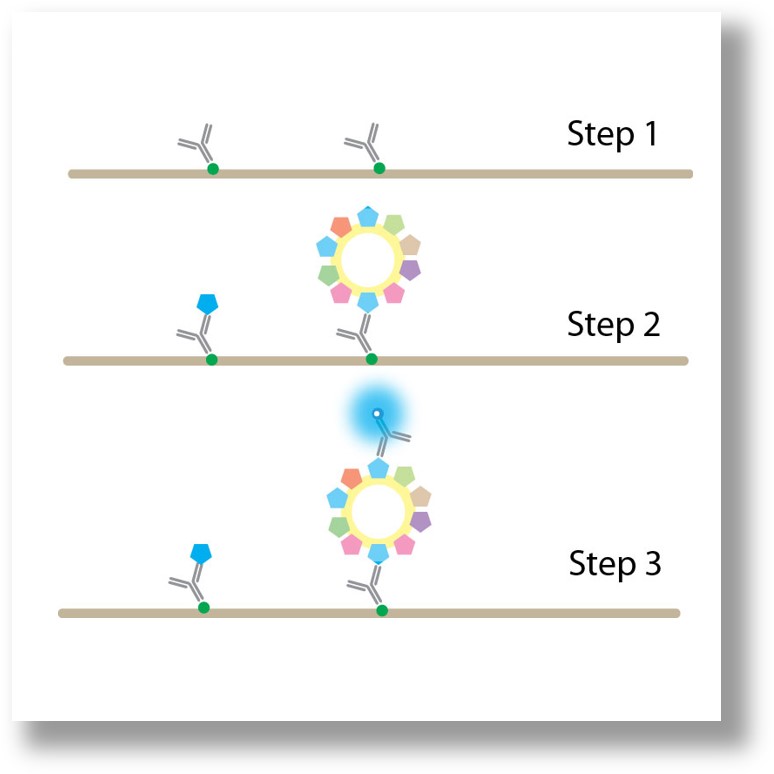

Applications
ExoLISA™ assays are time-resolved immunofluorescence assays and have been developed to quickly measure the abundance of CD9, CD63, or CD81 protein specifically associated with exosomes in biological fluids including urine, saliva, cerebrospinal fluid (CSF), blood plasma as well as cell culture media. The ExoLISA™ detection assay is ideal for detection of specific markers of exosomes, for purified or unpurified samples.
ExoLISA™ Assay Attributes |
||
|
Simplicity |
Sensitivity |
Specificity |
|
The assay has a simple 4-step protocol which can be completed in 4 hours with high reproducibility |
Small changes in the abundance of target protein can be detected |
By using the same antigen for both capture and detection, only proteins as part of a multi-component structure, such as exosomes, are detected whilst non-specific binding is reduced |
Product data
Exosomes can be identified and characterised by common surface biomarkers, including the tetraspanins CD9, CD63, and CD81. However, exosomes from different sources will have different expression levels of these tetraspanin biomarkers.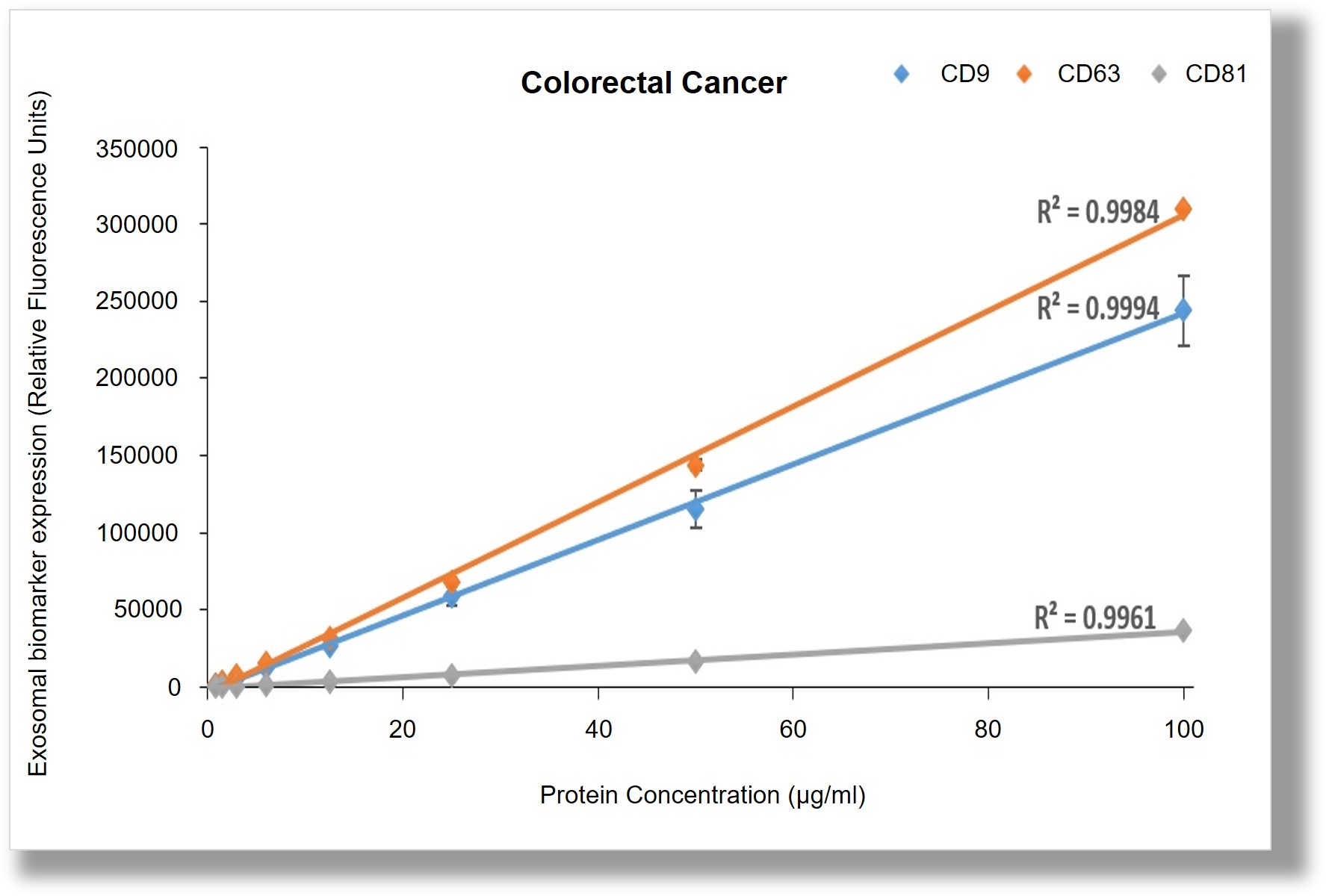
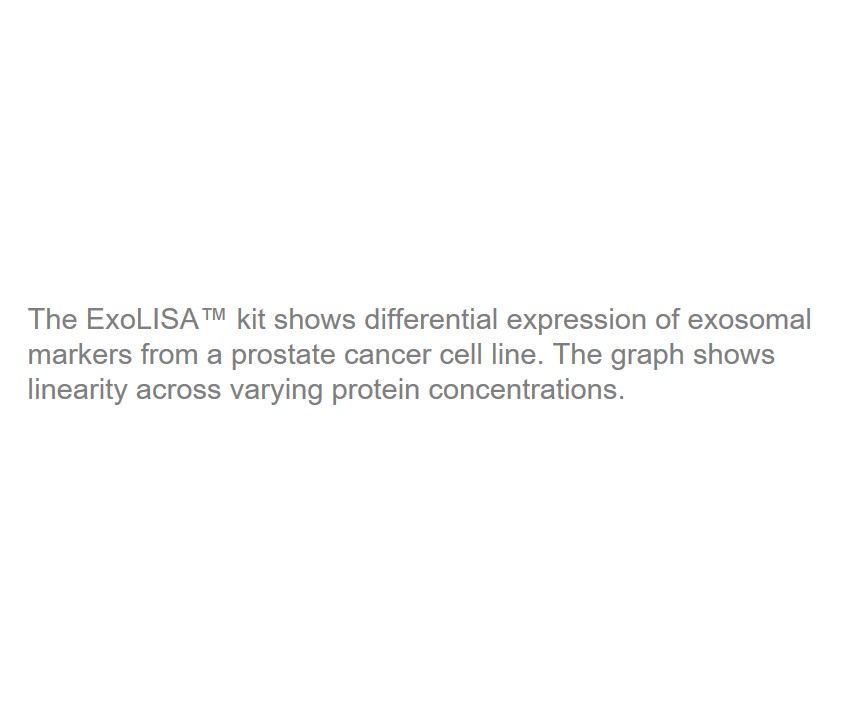




References
The below references are for the TRIFic™ assay (earlier version of ExoLISA™).
Vitale, S.R., Helmijr, J.A., Gerritsen, M. et al. (2021) Detection of tumor-derived extracellular vesicles in plasma from patients with solid cancer. BMC Cancer 21, 315.
, , Robust sequential biophysical fractionation of blood plasma to study variations in the biomolecular landscape of systemically circulating extracellular vesicles across clinical conditions. Journal of Extracellular Vesicles, 10, e12122.
Salarpour, S., Forootanfar, H., Pournamdari, M. et al. (2019) Paclitaxel incorporated exosomes derived from glioblastoma cells: comparative study of two loading techniques. DARU Journal of Pharmaceutical Sciences 27, 533–539.
Kaminska, A., Platt, M., Kasprzyk, J. et al. (2016) Urinary Extracellular Vesicles: Potential Biomarkers of Renal Function in Diabetic Patients. Journal of Diabetes Research Volume 2016, Article ID 5741518.

